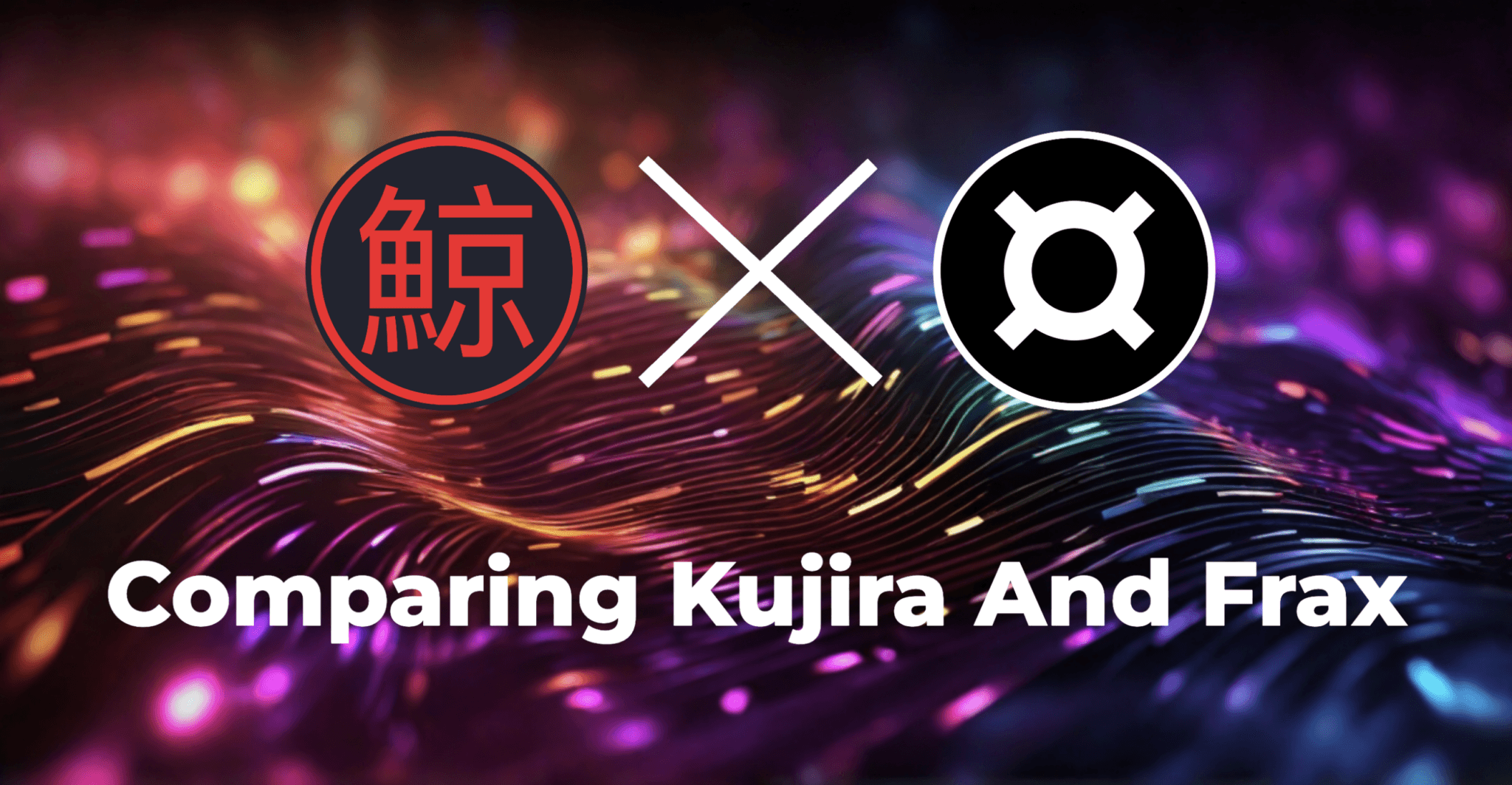In this article, Ole compares two of the hardest working DeFi Protocols of the 2022-2023 Bear Market, Kujira and Frax, and asks what (if anything) can Kujira learn from Frax? The opinions expressed in this article are solely Ole’s, and the content has not been filtered – enjoy and reflect!
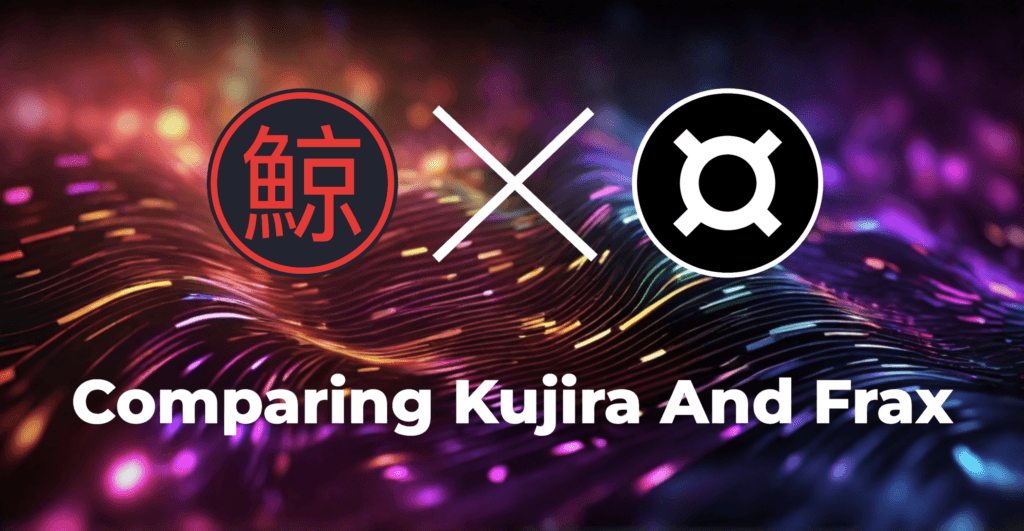
Contents Page
- 1. Common Ground; Similarities In Spirit
- 2. Differences In Mission And Spirit
- 3. The Dangers Of Autarky; Terra And Curve As Case Studies
- 4. Conclusion: Recommendation For Kujira To ‘Globalize’ Itself To An Extent
1. Common Ground; Similarities In Spirit
The 2022-2023 bear market (like all crypto bear markets) has been relentless. Leverage traders and altcoin bag holders mostly got obliterated (like all crypto bear markets). In that period, Kujira created their L1 using the Cosmos SDK, and Frax has gone from Frax v1 to the current v3 version of their main stablecoin FRAX.
The Flywheel
Another common ground of both projects is that both are building their own ‘flywheel’. What does this mean? Both projects build their own protocols that complement each other. They do not acquire other teams, but instead, their teams build a diverse suite of products to further improve the whole ecosystem. Having talented and dedicated developers is gold in crypto since a combination of both is hard to come by. Luckily for Kujira and Frax, they have talented AND dedicated developers capable of building diverse applications. A combination of financial culture and god-like programming capabilities.
Disrupting Industries
Who says you need an army of developers to build great protocols? As long as you have a small but talented team of 3-10 developers, with a unified vision, anything is possible. The Bolsheviks in Russia dethroned the Russian monarchy with a small but organized minority of a bit over 100 members in the party. In crypto, you can cause disruption with less than 10 people. It’s a myth that huge financial and human resources are crucial to do great work and create great products and services. Kujira and Frax are good examples in the crypto verse disproving that myth.
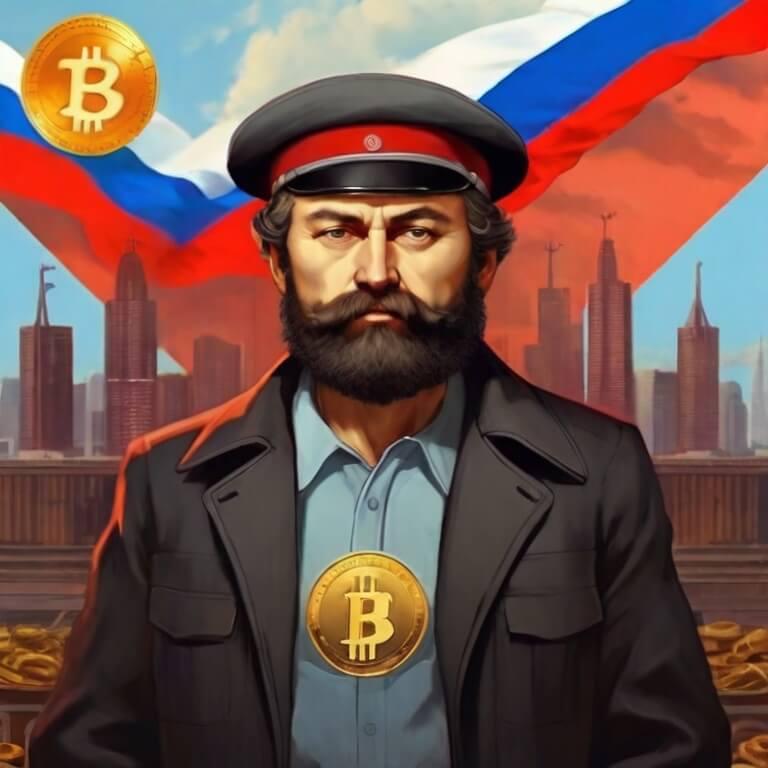
2. Differences In Mission And Spirit
Kujira self-identification – The main starting point of Kujira is their values are “at the heart of everything” they do. Thus, understanding Kujira’s values is the focal point of understanding Kujira. As mentioned, Kujira and Frax’s common ground is their ‘buidl’ nature and ‘flywheel-ness’. But from there the differences start.
Kujira Values
So, what are Kujira’s values about? As they put it in their own words, to “empower everyone”. Why is that? Because “everyone deserves to be a whale.” The giveaway is in the name itself: “Kujira” in Japanese means “whale”. The idea of Kujira is to make tools and information usually accessible to “whales” to retail users as well – because “everyone deserves to be a whale.” Therefore in Kujira’s case DeFi could stand not only for “decentralized finance” but also for “democratized finance.”
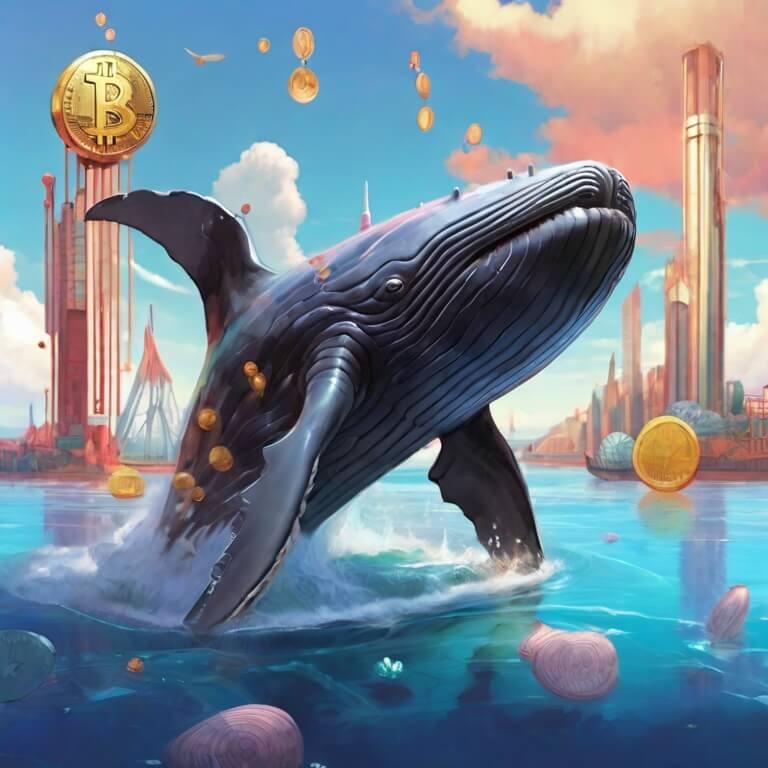
Sustainability
Thus, Kujira’s mission is to innovate (“revolution”, as they put it in their docs), focusing on long-term sustainability. The foundation for their sustainability is that, unlike most tokens in crypto, the KUJI token of the protocol has 0% inflation, completely focusing on “real yield” since the beginning. Inflation is a drug and once you create a habit of it it’s difficult to get away from it – as many other Cosmos protocols have experienced during the bear market. Embracing the non-inflationary real-yield path seems it’s starting to pay off for Kujira guaranteeing its sustainability – one of its core values. In contrast the FXS (governance and revenue sharing token of Frax) thus has inflation but each December 20 inflation gets halved, emulating Bitcoin’s tokenomics in a way.
Frax Values
Frax self-identification – The main starting point of Frax is the etymology of its name; they explain that Frax comes from “fractional”, which explains the nature of its main stablecoin (FRAX). By design, it’s fractionally algorithmic and fractionally collateralized with the newest v3 vision of FRAX though the goal is to decrease and eventually remove the algorithmic aspects of the design. In contrast, Kujira’s USK stablecoin is overcollateralized with no algorithmic elements.
Stablecoin Maximalists
Frax community members identify themselves as “stablecoin maximalists”. This self-identification expresses Frax’s main mission – to build the best possible stablecoin ecosystem. Even though USK is a crucial cog of Kujira’s flywheel machine, it does not express the core mission of Kujira as a whole.
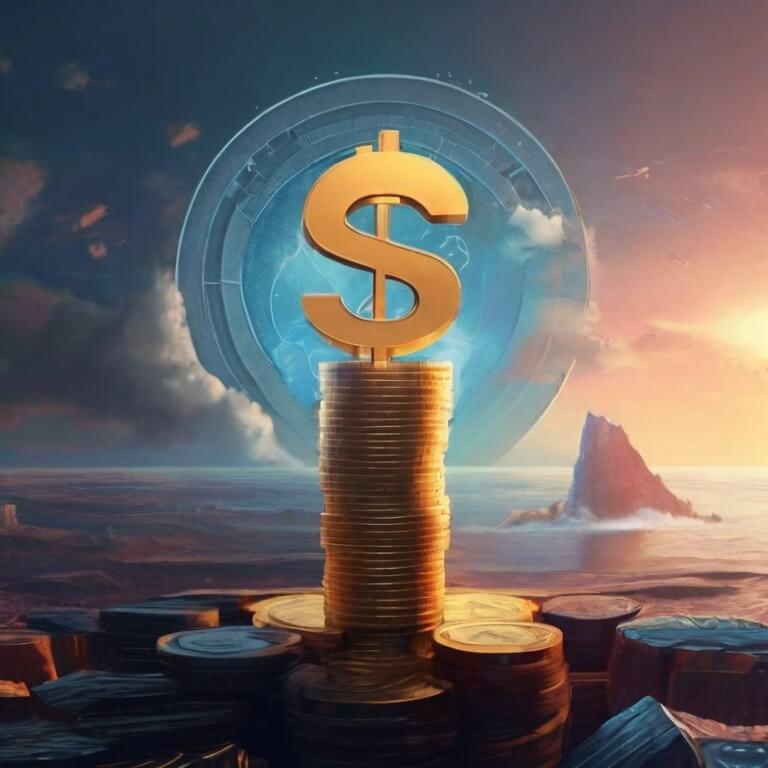
Frax explains its stablecoin maximalism thus: Four features are needed for a stablecoin to scale into billions and even trillions: 1) risk-free yield (RFY = “Revenue generated by the assets backing the stablecoin at peg, using the lowest risk”), 2) Swap facility (Fraxswap + Curve as the main stablecoin marketplace for stablecoins – that’s why Frax has focused heavily on partnering with Curve), 3) Stability (“no de-pegs”, “holding = hedge against volatility” – a much-needed feature due to crypto assets’ highly volatile nature), and 4) Composability (to create derivative assets and integrate with other protocols and off-chain partners as is the case with Finres within Frax v3).
Kujira Vs Frax Flywheel
On-chain autarky vs on and off-chain globalization – The fourth feature of Frax stablecoin maximalism places Kujira and Frax on opposite sides; it can be said that Kujira has embraced an ‘on-chain maximalism’ (even their FIN order-book dapp is completely on-chain unlike dYdX’s order-book whose computation is done off-chain) – all revenue and products are completely on-chain. Moreover, they are on-chain and placed strictly within the confines of the Kujira blockchain itself, to focus value accrual for KUJI stakers.
Frax Partnerships
Frax collaborates with applications and teams that are not solely strictly their own – as shown by the deep connections between Frax and Curve Finance. Frax’s partnerships are not just outside of its ecosystem of dapps, but also off-chain, as it partners with Finres to gain exposure to US treasury bills and FED master account banks’ USD deposits. With this Frax emulates Circle’s USDC and Tether’s USDT business models; the difference, however, is that Frax shares revenue from its RWA yield with sFRAX stakers.
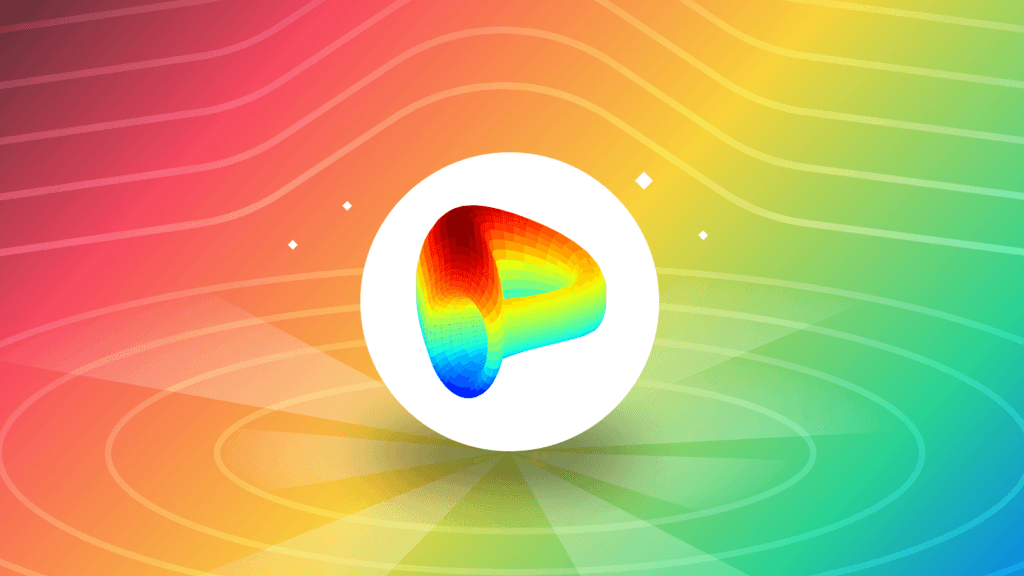
In the traditional finance world treasuries are accepted as the most secure financial products and with Frax v3 the team brings that “most secure” yield on-chain. On one hand, this raises critical voices of going against crypto’s ethos to fight traditional centralized institutions. On the other hand, this opens a path for traditional investors to come on-chain and for Frax users to get a stable and reliable yield even during bear markets when liquidity on-chain is quite lacking.
On And Offchain Globalization
This leads to the definition of Frax’s flywheel to be a form of on and off-chain globalization, getting into partnerships with crypto protocols (Curve Finance as the main example) and off-chain partners (Finres and lately Paypal as well) which are crucial for guaranteeing its long-term sustainability. Frax however is also an autarky in a way since the backbone of its model is built around its dapps and infrastructure. The autarkic elements however are developed even more in Kujira’s ecosystem.
Crypto Autarky
Kujira’s flywheel may be defined as crypto autarky. Kujira builds its dapps which are (almost) the complete focus for value accrual of KUJI stakers and holders. Each dapp is part of the puzzle to make Kujira sustainable in the long run. USK for instance utilizes Kujira’s ORCA liquidation engine to get diversified collateral; assets used for minting USK range from nBTC and wETH which eliminates most stablecoins’ issue (which includes FRAX as well, but with Frax v3 this started to change) – the overdependence on USDC.
Dangers Of USDC
As seen in the past USDC is not a reliable solution for DeFi (decentralized finance) as Circle has frozen wallets in the past when pushed by government agencies. That is also why Frax started its migration from v2 (fully USDC collateralized) to v3 (backed by US treasury bills). All that Kujira needs they build it on their own; they even decided to create their own wallet, Sonar, currently in Beta.
Ancient Greece
Thus Kujira’s business Defi model resembles an autarky; in Ancient Greece Greek city-states concentrated their efforts to be self-sufficient and not to rely so much on trading with other city-states. Due to the wealth they accumulated through trading with Mediterranean Middle Eastern nations and their high-quality produce (vases, wine, olive oil, etc.) city-states managed for some time to maintain their autarkic self-sufficient way of life.
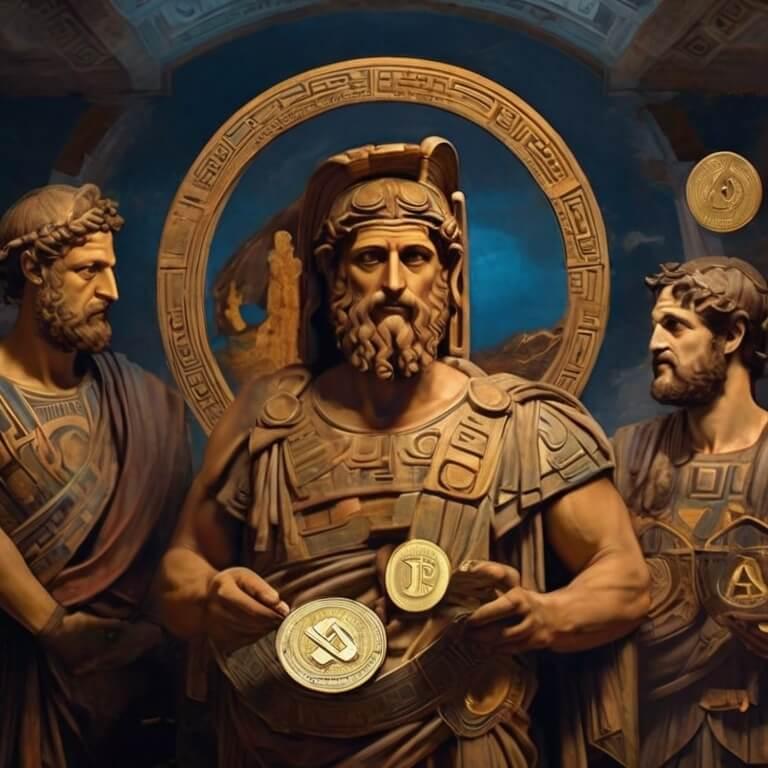
Similarly, Kujira is building its autarkic digital economy with its dapps and a stablecoin built around these very same dapps (with ORCA being the main engine behind USK). It’s not a complete autarky though since Kujira has IBC enabled which connects it with Cosmos app chains but similarly to a Greek city-state they maintain a highly competitive approach and hold their ecosystem in the highest of esteem, only mildly identifying itself with Cosmos and another outside of Cosmos partnerships; the latter includes mostly Arbitrum protocols like the Camelot Dex.
Cosmos Cartel
The autarkic identity of Kujira and its ecosystem is probably best illustrated by their “Cosmos Cartel” meme; basically, the meme stands for all the protocols, contributors community members surrounding the Cosmos Hub, and Cosmos Hub-aligned protocols that extort other Cosmos teams for lots of money to use Cosmos’ general purposes infrastructure like Mintscan and the Keplr wallet. Instead of complying with the “Cartel’s” requirements, Kujira has been building like crazy their own infrastructure like the Sonar wallet amongst many others.
3. The Dangers Of Autarky; Terra And Curve Finance As Two Case Studies
Kujira’s autarkic approach has its benefits. Kujira has built great “subprotocols” like ORCA (the only decentralized liquidation engine in crypto), FIN (on-chain order book – CLOB with a CEX-like experience), USK (probably one of the few truly decentralized stablecoins with highly diversified anti-censorship collateral) among others, all of which are great on their own and even greater when combined. The best part is that all of these subprotocols create a compelling case for staking the KUJI token as Kujira shares revenue with the Kuji stakers.
However, crypto is an extremely complex thing and anything anytime can go wrong. Especially when everything seems to be going all right.
Terra Collapse
Terra’s collapse is a case in point; similarly to Kujira, they had an ‘autarkic-ish’ mindset projected by Do Kwon. You can never be too sure of anything so hubris has so often been the path to ruin – Napoleon’s invasion of Russia during the winter is an example from history.
When UST depegged it was found out that Terra could not return the peg of its stablecoin as UST was algorithmic with a minimal collateralization rate (CR). Due to its highly competitive and autarkic mindset, nobody helped Terra fix things. Quite the opposite, Bitcoiners hated Terra for its policy to buy BTC in a fake ponzinomics way, Defi (mostly on Ethereum) natives hated Terra for its Anchor and UST design; Anchor had a ~20% APR for depositing the UST deposit but the high APR wasn’t pushed natively on-chain but instead by Terra Foundation injections off-chain. So Terra and Do Kwon didn’t have too many friends from the outside, even though the community was fanatical and loyal. But in times of trouble, friends can always help.
Curve Contrast
A case in point is Curve’s impending doom a few months ago. Michael Egorov, Curve’s founder, had massive loans across Ethereum Defi protocols which were nearing liquidation; this could’ve been a pretty Black Swan event. Curve and Michael however have built a globalist approach. What does this mean?
Even institutions are on Curve and many crypto protocols like Convex and Frax participate in the so-called “Curve Wars” to gain as much influence as possible on Curve.
Curve Wars
Curve Wars are a free market of competition between crypto protocols to ‘bribe’ Curve to provide larger incentives for liquidity providers on Curve. Thus having such a free market for ‘bribes’ leads to the definition of Curve as a ‘globalized’ economy and Frax’s approach to cooperate with off and on-chain partners is another case point of a more globalized approach to a crypto economy.
As Egorov was nearing liquidation on diverse protocols, he received lots of help; wealthy individuals like Justin Sun purchased CVX tokens from Egorov so that the latter could start repaying his loans, and many others followed suit. The help Egorov received from wealthy crypto investors and protocols was enough to offset the danger as the crypto market was nearing its rebirth – probably a signal of ending the bear market.
As the great Captain Rational (Noah Seidman) says, finance is a vehicle of trust, leading to the exchange of ideas and money and thus cooperation is crucial in the financial world. Terra and Do Kwon’s situation and Michael Egorov and Curve Finance’s situation weren’t that different; both were forms of leverage which, in downtrend market conditions tends to lead to nasty liquidations.

Difference In Culture
The difference however is the culture; Terra and Do Kwon were bragging about their amazingness and uniqueness all the time, without contributing much to the outside Defi and Crypto ecosystem and instead sucking out value from other protocols and ecosystems. Thus nobody lent a hand to Terra to fix the UST depeg which led to Terra’s demise.
Curve Finance however has developed the biggest and most trusted market for stablecoins in the whole of crypto. And stablecoins have proved to be one of crypto’s killer use cases, especially for users based in hyperinflationary economies which offer no access to US dollars. Because Egorov has created a common good with Curve Finance many lent him a hand to save Curve from his highly leveraged loans on multiple lending/borrowing platforms across Ethereum Defi. Due to the complexity of crypto which involves something as murky as smart contracts, cooperation seems to be a more winning strategy in the long run than competition.
4. Conclusion: Recommendation For Kujira To ‘Globalize’ Itself To An Extent
Kujira has its roots in Terra. It initially integrated its flagship ORCA product with Anchor. They were hardly hit by Terra’s collapse. But that didn’t stop the team from creating their own L1 blockchain from scratch. Many think Kujira is much more sustainable than Terra, driving public opinion to coronate Kujira as the real or better Terra.
Therefore Kujira has its own distinct identity. It’s far from being a new Terra. Terra had a ponzionomic model whilst Kujira has embraced the non-inflationary real-yield model. However, ‘culturally’ there is something common since Kujira and its community are derived from Terra; the so-called autarkic approach. It’s not as drastic as Terra’s autarky though. But you can still see the cockiness with Kujirans.
Kujira Kulture
Kujira’s autarkic cockiness has its positives though as it stimulated creating a culture of joking and fucking around. Crypto without fun ain’t crypto and Kujira definitely has its funny moments; the aforementioned “Cosmos Cartel” meme is a good example. Kujira’s cocky playfulness has its charms which have created a fertile soil for memes and NFTs – two key features for creating loyal and engaging communities. And here Kujira excels.
The autarkic approach is a common Cosmos trait. However, the developers of Cosmos chains, even if you see the different communities (Osmosis vs Kujira as one of many examples) fighting, are highly cooperative.
About a year ago after Binance experienced one of its many hacks, Osmosis developers found out that IBC had a critical vulnerability. In the end, the vulnerability was removed and the update was made freely available to all Cosmos SDK chains with enabled IBC. Case in point, autarky and cooperation are not mutually exclusive.
Globalization Goal
In this sense Kujira could develop its approach towards cooperation, leaning more towards the ‘globalized’ free market approach of Ethereum Defi protocols like Frax and Curve. Self-sufficiency is good enough until a vulnerability in your products is found and you may need help to amend things. Happens all the time in the non-crypto ‘real life’ – and it will continue to happen, in crypto and non-crypto environments. Thus building partnerships like Frax and Curve have been doing can do wonders.

Academic And Open-Minded Spirit
What is great about the globalization approach of Ethereum Defi protocols like Frax is their open-mindedness combined with critical thinking. Ethereum is famous for its academic spirit, with its free exchange of ideas and open discussions on diverse and complex topics. That open-mindedness has developed Ethereum’s Defi to be more open towards trad-fi players which has benefited Ethereum by bringing most of Defi’s liquidity there. Ethereum is not trying to radically destroy and replace tradfi but instead seeks to bring tradfi on-chain and thus reform it. Ethereum Defi is reformational, seeking to combine the best of Tradfi and Defi. Is that even possible, isn’t that compromising the mission of Defi itself? I will leave this question unanswered as it’s another topic.
Frax with its flywheel ecosystem of subprotocols is an example of Ethereum’s academic and open-minded spirit. It develops a diverse suite of protocols but in the meantime partners with crypto protocols and off-chain enterprises alike.
Frax’s Flywheel podcast is an ideal proof of Frax bearing Ethereum’s academic nature of open-minded exchange of different ideas. The Flywheel podcast is not just the best place to learn about Frax with its weekly updates and Frax interviews, but it’s also one of the best places where you can learn about anything Defi. It is a really good source of information for everybody interested in Defi who wants to take the next step and familiarize him/her/themselves with the inner workings of Defi, the thought process of founders, and geeky into the deep community members. It’s like finance university courses on steroids but for free.
Cosmos Pitfalls
Cosmos lacks that culture of academic discourse from which it could greatly benefit since some of the smartest crypto users and developers are already in Cosmos since it’s the ecosystem with probably the highest learning curve; it ain’t easy to start using Cosmos dapps, you gotta invest a bit more than usual to learn the ropes there. But being geeky and smart does not mean you are academic; being academic in crypto, as proven time and time again by Ethereum’s successes, really pays off. The academic mindset, making one be led purely by the spirit of exploration and curiosity helps one develop an understanding of the bigger picture. Without mental models to categorize and tidy all the information and experiences, you can hardly grasp a general understanding of crypto’s (and in general life’s) workings and without such an understanding one can hardly be successful – developers, projects, and users alike.
And because Cosmos lacks Ethereum’s academic mindset, its great users and developers fail to develop a common narrative, but instead, all the brains are scattered around instead of being focused on a common vision like it is on Ethereum. This also explains why Cosmos does not have any great educators whilst Ethereum on all kinds of platforms – on newsletters, Vitalk’s blog, Ethereum foundation’s website, on CT, on YouTube (Flywheel podcast as example mentioned above) – they have such. On Cosmos everybody is propagating their own biases; thus an autarkic culture of sect competition is developed instead of one of cooperative critical thinking.
Kujira Academy Recommendations
Kujira Academy in that respect is a great idea but in my opinion for it to succeed, it has to develop some of Ethereum’s academic spirit. To be not just a hub of education but one of research as well. Crypto is an enormously complex early-stage technology comprised of multiple microeconomies thus research hubs are still lacking. Especially in Cosmos.
I would recommend that the Kujira Academy take a look at initiatives like Frax’s Flywheel podcast to start creating more niche Defi content to bring giga brains on board. Giga brains are driven by curiosity so high-value niche defi content would bring great minds to Kujira which can only benefit the Kujira protocol. Giga brains’ foods are not money, nor glory, but knowledge and wisdom. That’s why Frax with its Flywheel podcast and newsletter has been managing to bring giga-brain fans and contributors to its ranks. If possible it could be beneficial for Kujira to appear on the Flywheel podcast to explain what Kujira is to catch further attention from Defi giga brains.
image
The Kujira Academy does not have to be identical with the Kuji Kast which can remain more focused on Kujira’s memes, the cocky playful side of Kujira. The Academy instead can focus on developing itself as the more academic, brain-storm discourse wing of Kujira.
Kujira Recommendations
Finally, Kujira may think about collaborating with Frax due to its deep roots with Curve, which is the biggest stablecoin market in the whole of Defi. Exposing USK to the biggest stablecoin market can potentially bring much-needed demand for USK leading to an increase in Kujira’s liquidity; the main critical point of Kujira up till now is its lack of liquidity. This would to an extent bring Kujira out of its ‘autarky’ towards the free ‘global’ market symbolized by Curve. In the past Terra and Frax partnered and UST was on Curve so Kujira could follow in Terra’s footsteps in that sense; with a much better-designed stablecoin. For this to happen however, I reckon USK’s code has to be open-sourced first so that developers can read the code and see with their own eyes that USK and Kujira can be trusted.
Frax and Curve would also benefit from USK as it’s a stablecoin with a novel design which arguably makes it one of the most decentralized stablecoin in crypto overall.. I suspect this may become a reality after the proper IBC connections with Ethereum are developed which afaik be worked on by Composable Finance (which already connected Polkadot with IBC, working on connecting IBC with Solana) and Polymer Labs. Having that infrastructure in place along with USK’s presence in the Frax and/or Curve ecosystem may bring users to Kujira to test its dapps bringing much-needed liquidity.
Thorchain is evidence that a Cosmos project focusing on building partnerships outside of Cosmos can be beneficial in bringing liquidity and I see a similar potential in Kujira to do something similar. Partnering with Frax and the broad Curve ecosystem may be one viable option to bring non-Cosmos liquidity to Kujira.
Written by Ole Lukandi
Kujira Academy is a platform that aims to bridge the gap between young entrepreneurs and Web3, providing them with tangible education and career acceleration opportunities. Built by students, for students. Learn more about the academy and our vision here.
To register your interest and become a student of Kujira Academy, click here.
